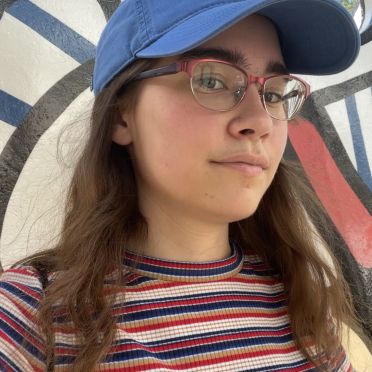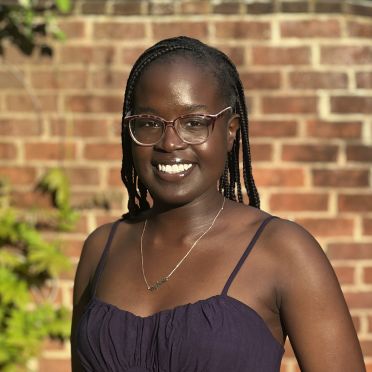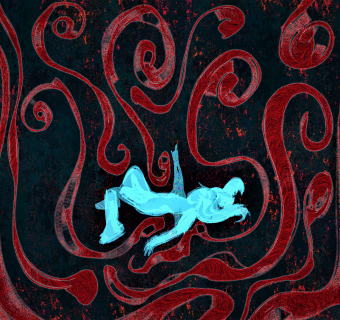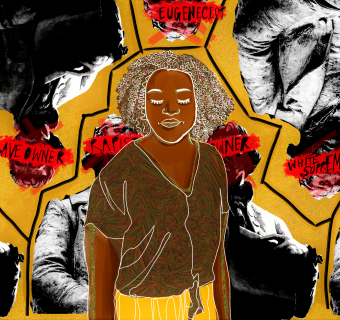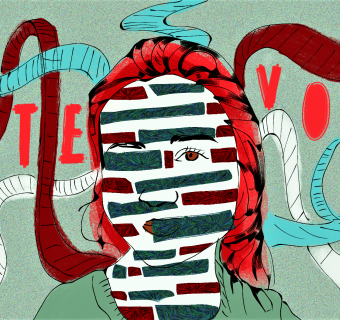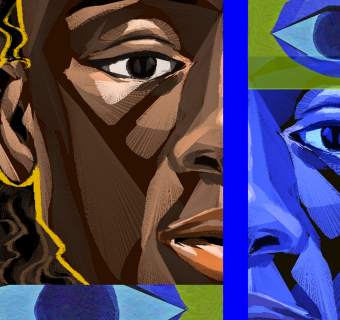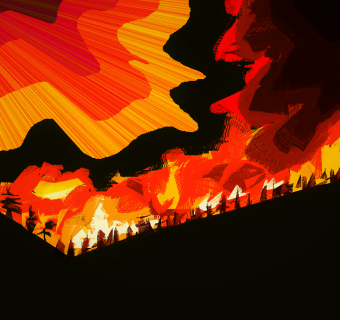There are many things that white students like me will never have to think about while attending a PWI. That doesn’t mean we shouldn’t think about them.
When I first stepped foot onto Grounds in August of 2021, my most pressing concerns were as follows: 1) will my roommate and I get along? 2) will my classes be too hard? and 3) who do I want to be, now that I have the chance to reinvent myself? Typical first-year anxieties. It wasn’t until later that I began to grapple with what it truly meant to attend UVA as a white student.
I came to college fresh out of the 2020 Covid lockdowns and BLM protests. I knew that I wanted to be an ally, and, at the time, I thought that I knew how to be one. I had learned terms like intersectionality, oppression, and privilege. I cared about diversity, equity, and inclusion. The work I wanted to do during and after my time at UVA was rooted in the ideal of contributing to a world free from injustice and inequity, where everyone was free, safe, valued, and had their needs met. But, my understanding of whiteness was superficial and performative. I knew that I wanted to be an ally, but hadn’t looked deep enough to see past the blinders of my privilege.
In mid-October of my first semester at UVA, all students in my hall were required to attend a guided walking tour of Grounds called the H.E.A.A.L (History of Enslaved African American Laborers) tour, in order to learn about the University’s history of enslavement and gain a deeper understanding of the spaces we were inhabiting on grounds.
Before the tour, I knew that enslaved laborers had built this university, but I had never stopped to really think about what that meant.
As I met up with my tour guide outside of the Rotunda, I expected to walk away with a fresh sense of self-gratification about my perceived self-awareness and allyship. After all, I already knew who Sally Hemmings was. I already knew that the University was built on a foundation of slavery and colonialism. I was already the kind of student who nodded solemnly with classmates as my professors read off land acknowledgements.
I listened as my guide walked us around the Academical Village, recounting the ways in which the architecture had been designed to oppress and conceal the very enslaved laborers who built the university and kept it running.
Before the tour, I knew that enslaved laborers had built this university, but I had never stopped to really think about what that meant. I’d never stopped to feel the weight of my footsteps atop the bricks. To feel the violences and suffering plastered into the white columns lining the Lawn rooms.
We walked past buildings that proudly bore the names of slave-owners, Confederates, and eugenicists, as my guide unearthed the ways in which their violences had been casually memorialized in our everyday speech.
I had walked through the Academical Village and run my hands along the columns, not once stopping to think about who had erected them, and at what cost.
She took us back into the gardens, where we learned about the serpentine walls intended, according to the tour guide, to muffle the sounds of enslaved laborers and hide them from the sight of white faculty and students. We learned about the brutalities committed by the medical school, as the burial grounds of enslaved African American laborers and indigenous peoples were destroyed, in pursuit of a vision of progress that would further entrench eugenics, colonial violence and racial oppression.
The tour ended at the newly erected Memorial for Enslaved laborers, where we silently knelt to read the timeline and run our hands over the notches in the stone. There were thousands of enslaved individuals, many of whom had been deliberately erased from historical records for centuries.
I remember walking back to my dorm silently.
I had been at the University for a few months, had walked by the MEL countless times and had never stopped to walk through and sit with the reality of what it represented. I had walked through the Academical Village and run my hands along the columns, not once stopping to think about who had erected them, and at what cost. I had been moving through these spaces insulated by the serpentine walls of my white privilege.
There is comfort in ignorance, and I had been ignoring the realities of the University’s racist past, and the ways in which its bloody founding reverberates and continues to shape the present. No one wants to think about the degree of violence that our University was built on. It was difficult to acknowledge that the place I’d begun to called home was built through genocide, enslavement, and racism. But, without accepting the history of the spaces I inhabited, I would never have been able to accept the present inequities and violences that exist. I would never have been able to enact change.
My discomfort became a catalyst for my growth.
After the tour, I remember feeling embarrassed at my ignorance and angry that there was still so much work that needed to be done to make this University a safe space for students of color. There’s a pervasive narrative that argues that white students must be protected from these negative feelings. But discomfort isn’t always a bad thing, especially when the end result is a reduction of harm for students from marginalized communities.
My discomfort became a catalyst for my growth. I didn’t want to remain ignorant of the experiences of my peers. I harnessed my anger and turned it into a drive to work towards making the spaces I inhabited safer and more inclusive.
Now I try not to take my privilege for granted. I take action by attending protests, educating myself about my blind spots, writing about inequities on Grounds, and listening to the lived experiences of my peers, so that I can use my privilege as a student leader to enact lasting change.
As a white student, I will never understand what it is like to move through UVA as a student of color, but that is not an excuse to remain ignorant to the realities of harm, past and present, at this school. As white students at predominantly white institutions, it is our responsibility, I feel, to work to understand our privilege, the history of the spaces we inhabit, to listen to the experiences of our peers who hold different positionalities, and to work to create solidarity through action. Ignorance is a luxury, and though it may be uncomfortable to face the historical and present inequities around us, true allyship requires sitting with our discomfort, so that we can work towards embracing solidarity.

